Maintain the characteristic architecture
Pleiku City has many ethnic minority villages. It is the ethnic minority communities with their living, working and religious habits that have formed the unique features of Pleiku City, where there are traditional architectural works including: communal houses , stilt houses, granaries, village gates, tombs, etc.
 |
Plei Chuet Church (Thang Loi Ward, Pleiku City) has a unique architecture with typical features of the Central Highlands people. Photo: HD |
In an interview with reporters, Dr. Nguyen Hong Ha shared: The typical climate of Gia Lai is 6 months of sunshine and 6 months of rain. The long rainy season requires the architecture of construction works in Gia Lai in general and Pleiku City in particular to have suitable characteristics. In particular, the sloping roof needs to be exploited to the maximum to avoid water accumulation when it rains heavily. This is also the typical architecture of the Central Highlands people, expressed through the roofs of communal houses and stilt houses...
Currently, in Pleiku City, there are still some architectural works with sloping roofs, bearing the typical characteristics of the Central Highlands people such as: Plei Chuet Church (Thang Loi Ward), wooden houses in the area of Hall 2-9...
For housing projects, many Pleiku residents also choose sloping roof architecture. Ms. Do Thi Kim Bac (Group 8, Yen Do Ward) said: “In 2013, when building a house, my family carefully researched the architecture and design to ensure both functionality and aesthetics, meeting the requirements of sustainability and climate suitability. From then on, my family chose to build a house with a sloping roof and red tile roof. Compared to flat-roofed houses, sloping roofed houses do not accumulate water, and the walls are less susceptible to moisture.”
According to construction engineers, due to the climate characteristics of Gia Lai, architectural works must meet the “3 anti” criteria (waterproof, windproof and dustproof). The effective way to prevent wind and dust is to build 2-layer doors (glass door inside and iron or wooden door outside). The more difficult problem is waterproofing.
To deal with water seepage, people have covered the outside of the wall with corrugated iron. However, experts say that this is an unscientific way of waterproofing, because in the long run, it will destroy the structure, affecting the durability of the wall. Therefore, the best solution is still to use paint or other waterproofing materials.
Regarding construction architecture, Dr. Nguyen Ba Thach - Director of the Department of Construction - said: The sloping roof is a clear feature of architecture that Pleiku City needs to exploit to the maximum. The interior space is designed to suit the local climate conditions. Construction materials are encouraged to use artificial materials instead of natural materials but still retain the simulated characteristics of natural materials.
The enclosing walls should be solidly built; ceramic tiles should not be used, but decorative waterproof paint should be used; the roof should be tiled, corrugated iron or concrete with tiles, special materials to prevent heat and humidity due to prolonged rainy and sunny climate conditions.
Creation of special management areas
The Director of the Department of Construction added: For administrative, political , cultural, commercial and service works at the provincial level, Pleiku City plans to focus on renovating and upgrading to create a typical architectural complex for the urban area, strictly controlling red lines and construction boundaries, avoiding encroachment to protect the landscape of the area.
At the same time, the green tree system and urban utilities will be enhanced, in compliance with the approved urban planning. Some areas such as Phu Dong intersection, Bien Ho, Hoi Phu stream, Ham Rong mountain... will also have their own characteristics and be strictly managed.
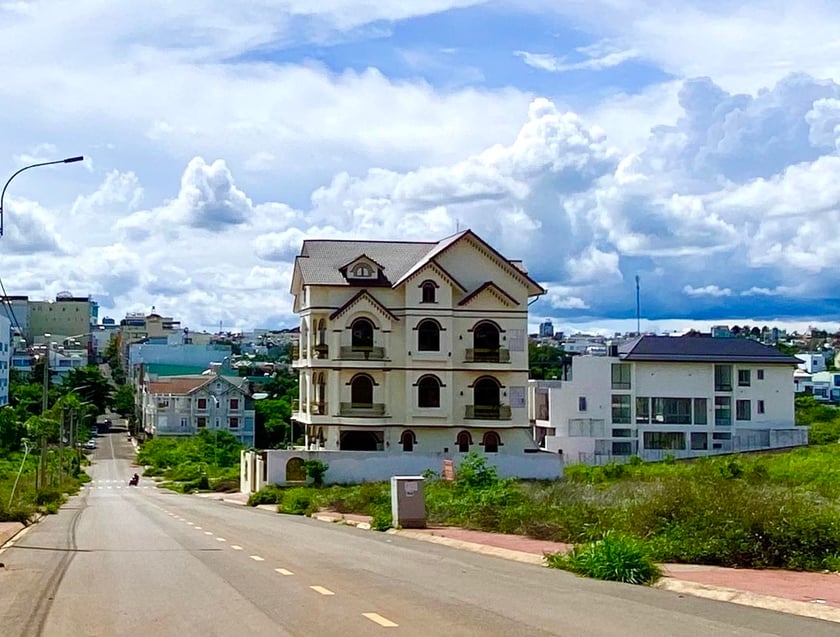 |
More and more people are choosing sloping roof architecture for their houses. Photo: HD |
Specifically, in the Phu Dong intersection area, the city encourages construction types with modern architecture, combined with artistic landscape techniques to create more dynamism and flexibility. The Bien Ho area will develop a green conservation park; create a green isolation belt, prohibit all exploitation activities at Lake A (the city's main surface water source) and implement according to the detailed planning approved by competent authorities.
In addition, create walking paths combined with sightseeing, set up resting points, sightseeing points combined with village spaces, residential areas around the lake. At Lake B, tourism and service activities will be proposed, on that basis forming a tourist development point, resort services combined with cultural tourism.
In particular, for a long time, the ethnic minority village spaces in the heart of Pleiku City have been considered a distinctive highlight. Therefore, in the process of construction and development, Pleiku still identifies this as a space that plays an important role in forming and developing a unique identity for the city.
Currently, Pleiku City has tourist villages with unique cultural features still preserved or located in beautiful landscape areas, suitable for tourism exploitation such as: Op village (Hoa Lu ward); Kep village (Dong Da ward); Ia Nueng village, Phung village (Bien Ho commune); Teng 1 village, Tieng 2 village (Tan Son commune), Wau village (Chu A commune)...
“In addition, for the remaining ethnic minority villages in the agricultural and rural belt, the city will continue to research and propose adaptive conservation models, preserve traditional architectural planning spaces, and develop villages in a traditional direction with local identity.
Along with that is the renovation and expansion of villages as well as public spaces, increasing the construction density of residential areas to meet the needs of population development, and building more works to serve new purposes" - Director of the Department of Construction said.
Source: https://gialai.gov.vn/tin-tuc/tp-pleiku-tao-ban-sac-tu-kien-truc-va-khong-gian-do-thi.79988.aspx


![[Photo] Prime Minister Pham Minh Chinh chairs meeting on science and technology development](https://vphoto.vietnam.vn/thumb/1200x675/vietnam/resource/IMAGE/2025/5/17/ae80dd74c384439789b12013c738a045)
![[Photo] More than 17,000 candidates participate in the 2025 SPT Competency Assessment Test of Hanoi National University of Education](https://vphoto.vietnam.vn/thumb/1200x675/vietnam/resource/IMAGE/2025/5/17/e538d9a1636c407cbb211b314e6303fd)


![[Photo] Readers line up to visit the photo exhibition and receive a special publication commemorating the 135th birthday of President Ho Chi Minh at Nhan Dan Newspaper](https://vphoto.vietnam.vn/thumb/1200x675/vietnam/resource/IMAGE/2025/5/17/85b3197fc6bd43e6a9ee4db15101005b)

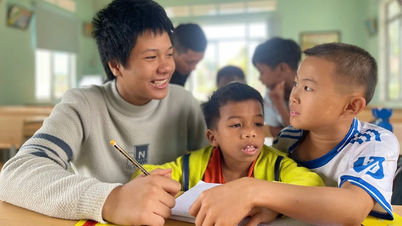

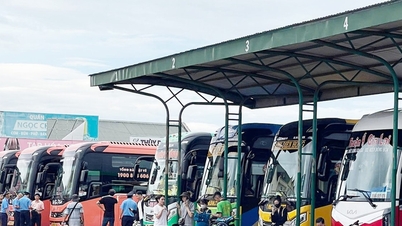
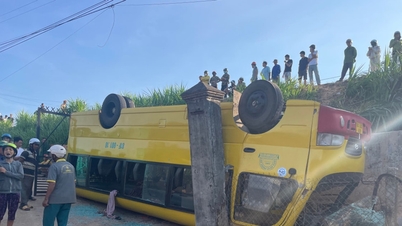

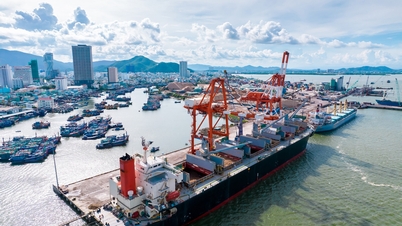

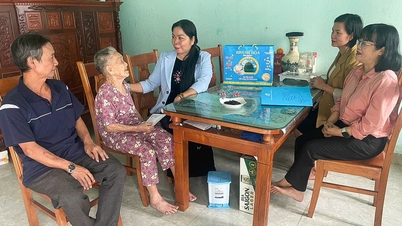
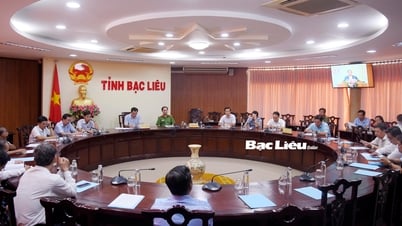
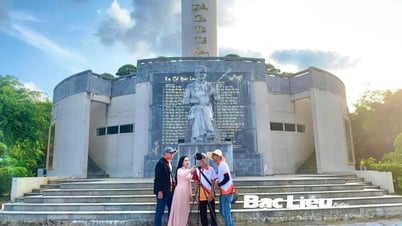
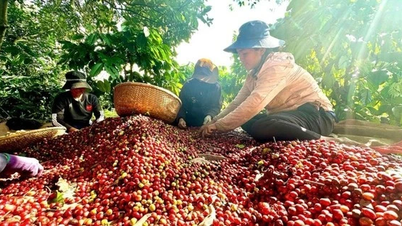

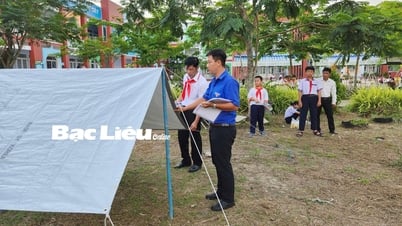
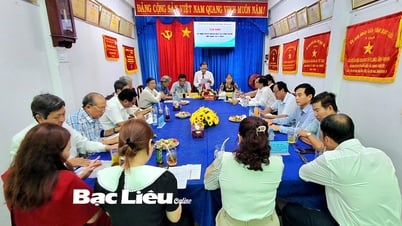
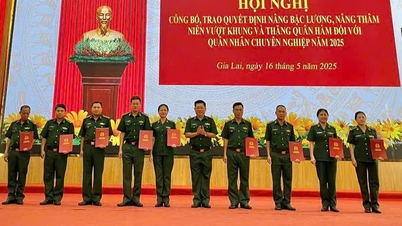






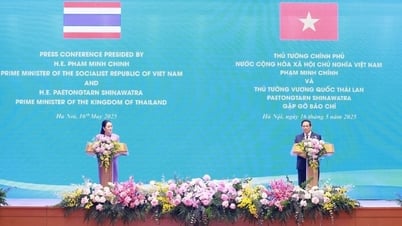


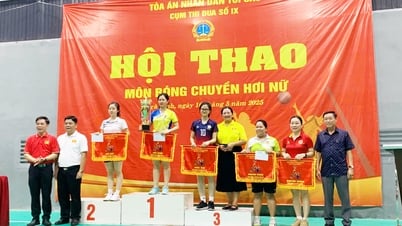
![[Photo] Nearly 3,000 students moved by stories about soldiers](https://vphoto.vietnam.vn/thumb/1200x675/vietnam/resource/IMAGE/2025/5/17/21da57c8241e42438b423eaa37215e0e)


















































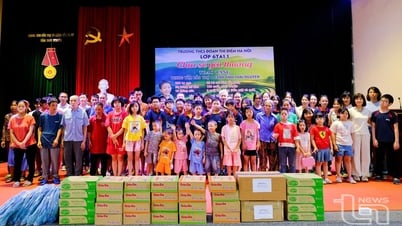

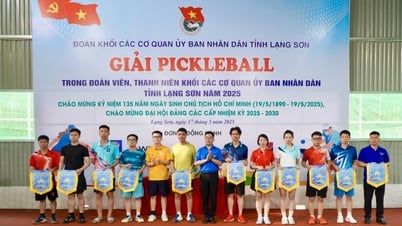

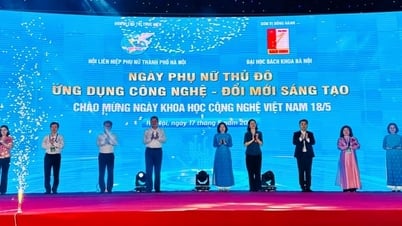


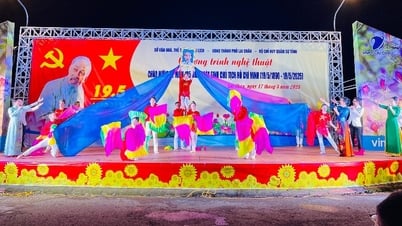










Comment (0)